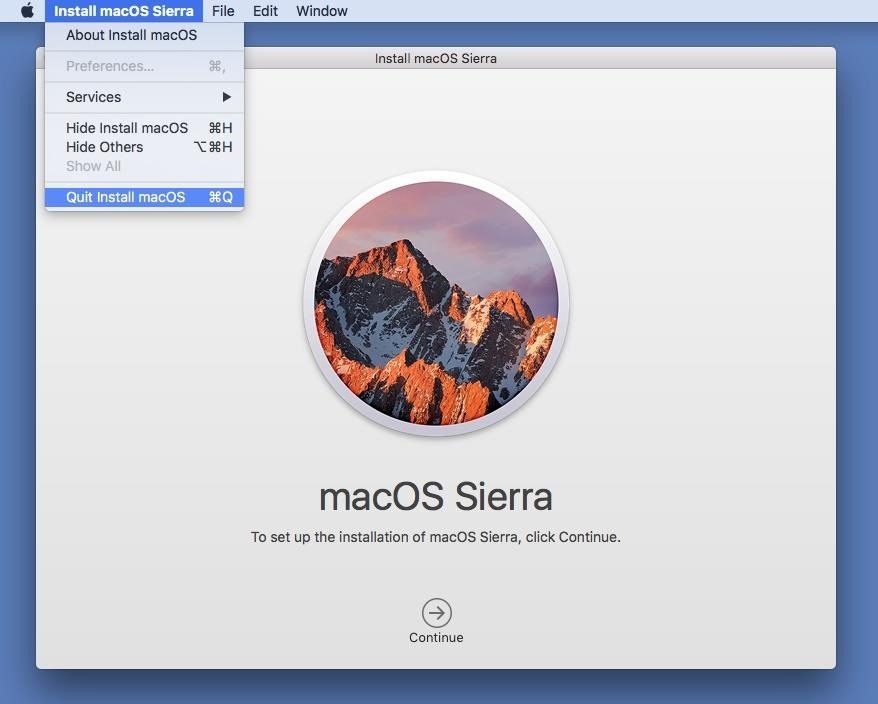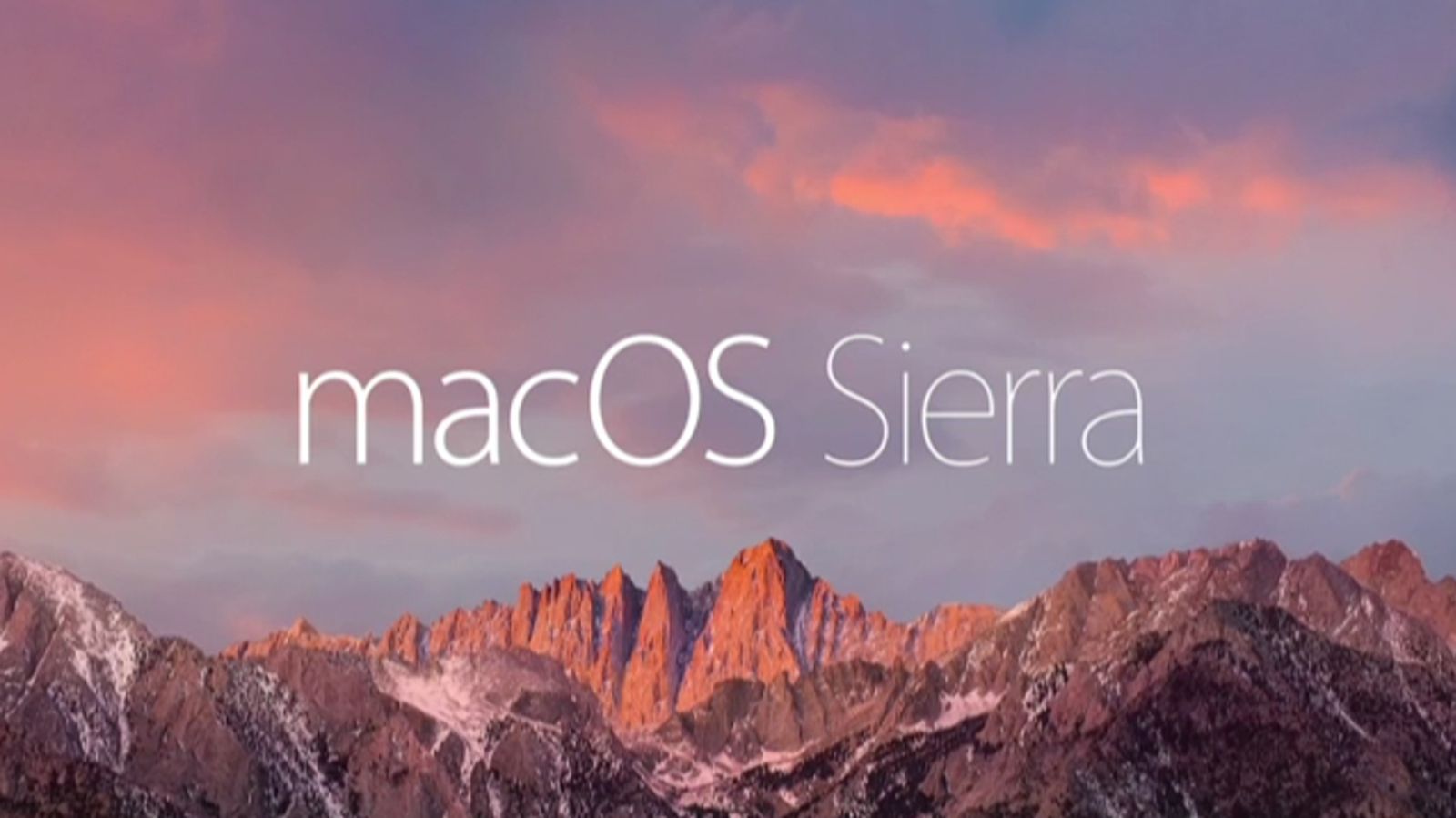
I'd recommend contacting Apple support for further assistance. If any issues persist after completing all of the above steps, you may be experiencing a hardware issue. If the above still fails to resolve the issue, you may try creating a bootable installer for macOS using another Mac if necessary. On an Intel-based Mac that previously used macOS Sierra 10.12.4 or later, you can use Shift-Option-Command-R at startup to install the macOS that came with your Mac, or the closest version still available. On an Intel-based Mac, you can use Option-Command-R at startup to upgrade to the latest macOS that is compatible with your Mac, with some exceptions. You'll want to try the following next steps to access internet recovery (this requires an internet connection):

If you've completed the above steps but the same issue occurs, then there may be something wrong with your local recovery partition. After erasing your drive, you should proceed with reinstalling macOS. For complete steps to erase and format your drive, please refer to How to erase your Intel-based Mac. The macOS High Sierra Post-Install Upgrade to APFS.

Please note that erasing your drive will result in data loss.įor macOS Sierra or OS X Mountain Lion, you should erase your drive using a GUID Partition Map and Mac OS Extended (Journaled). M1 M1 Pro M1 Max Apple Silicon macOS Monterey macOS Big Sur MacBook Pro MacBook Air iMac. From there, you should be able to erase and format your internal storage drive (e.g.

When restarting your Mac, you may hold Command (⌘)-R to enter your local recovery partition.


 0 kommentar(er)
0 kommentar(er)
